Retiree Greg Green has faced more than his share of challenges.
Born with congenital glaucoma, his sight deteriorated over time until he lost his vision completely in 2012. To top it off, Meniere’s disease affected his hearing.
Now blind and nearly deaf, the 68-year-old counts his blessings.
“Life is not about how many times I fall down,” Green said. “It’s about how many times I get up and keep going.”
A story of perseverance
After graduating Belding High School in 1971, Green started working as a janitor at a (then) small company named Amway Corporation in Ada, Michigan. Although blind in his right eye and with limited vision in his left, he enjoyed toying with his first computer, a little Tandy 64. He taught himself BASIC language programming, and parlayed his creativity and willingness to learn into a long career in information technology.
“It was a job I loved, not a doldrum,” Green said. “I loved creating things and solving problems.”
When his second daughter, Heidi, was also born with congenital glaucoma, much of the family’s time and resources were spent getting both Greg and Heidi needed medical attention. The family got by with a run-down AMC Gremlin and shopping at yard sales.
“God was faithful, and I thank him for his care,” Green said. “It sure taught me how to trust God and work hard.”
In his mid-30s, Green experienced major bouts of vertigo that slammed him to the floor without any warning. A neurologist diagnosed Meniere’s disease, a disorder of the inner ear that leads to vertigo and eventual hearing loss. In Green’s case, the disease robbed him of hearing in his left ear about 15 years ago, and the right ear became worse over time.
Hearing aids alleviated the problem for many years. But eventually they weren’t enough. While others with hearing loss may rely on reading lips, that wasn’t an option for Green, who can’t distinguish between dark and light.
His communication became nearly cut off.
Then, in 2017, Green saw Gregory Artz, MD, a specialist in otology and neurotology with Grand Rapids Ear, Nose and Throat, who is credentialed to operate at Spectrum Health hospitals. Dr. Artz recommended a cochlear implant, a device that picks up sound with a microphone and delivers it to the auditory nerve.
Next he met Darcy Jaarsma, AuD, an audiologist in the neuro diagnostics department of Spectrum Health Butterworth Hospital, who tested Green’s hearing and confirmed he was a good candidate for a cochlear implant.
After receiving an implant in his left ear, Green quickly realized that it wasn’t an instant solution. When his device was turned on a few weeks after surgery, the sounds he heard? Unrecognizable.
“All I heard was a really squeaky sound, and I had zero understanding,” said Green, noting that voices reminded him of early Mickey Mouse movies.
The issue didn’t surprise Dr. Jaarsma.
“The way a cochlear implant provides sound is completely different from the sounds you and I hear,” she said. “There definitely is a time period it takes to acclimate.”
Green, a self-described “tech head,” took on the challenge with determination.
He created an alphabetized spreadsheet of 21,000 different words, then used screen-reading software to listen to the words for hours on end every day.
For the first few months, he couldn’t understand a word.
“Luckily I have a good strong level of perseverance,” Green said. “I was taught as a kid that you work on it until you get it done. I was determined to get the job done if it killed me.”
He recalled the words of inventor Thomas Edison, who also had hearing difficulties: “Genius is 1% inspiration and 99% perspiration.”
“For me, the inspiration was the spreadsheet, but the perspiration was working through it so slowly for months,” Green said.
Within a year, he trained himself to the point of understanding 93% of words using the implants in his left ear.
Unfortunately, as the left ear improved, the right one worsened.
Late in 2019, he received a cochlear implant for his right ear.
It was time to go back to work on this self-created audio therapy.
“I’ve been hammering away at the spreadsheet about four to five hours a day,” he said. “It really helps with communication skills.”
Dr. Jaarsma said Green is an ideal patient.
“It’s definitely patients who have a positive outlook on life, and are grateful for what the technology can do, who receive the most benefit and do the best with their implant,” she said. “And patients who ‘practice’ listening, like Greg did with his computer program, maximize their outcomes.”
In the world of cochlear implant patients, Green is a bit of a rock star. In fact, he was invited to share his story to a group of otolaryngologists in West Michigan in March.
“It was a thrill to tell my story,” Green said. “They were very receptive.”
‘Keep on keeping on’
Green’s motto is “keep on keeping on,” and that’s exactly what he does.
After retirement, Green and his wife, Louise, moved to the Allegan area to be near family.
He’s attuned to the little sounds that make up his world: cars going past the house, water running from a faucet, shoelaces being tied.
Even food noises, like burgers frying and wrappers coming off a slice of cheese. And the snap, crackle, pop of a bowl of cereal.
“I love hearing my Rice Krispies,” Green said.
Green stays in shape mentally and physically. A World War II buff, he enjoys listening to books and walks 3 miles on the treadmill daily. He also spends time encouraging others in his church through phone calls and inspiring emails.
Throughout it all, Green appreciated the patience of Louise, his wife of 47 years, his two adult daughters and their families.
“They have been so supportive and patient with the old man. I understand trying to deal with a hearing impaired person who is also blind isn’t easy,” he said.
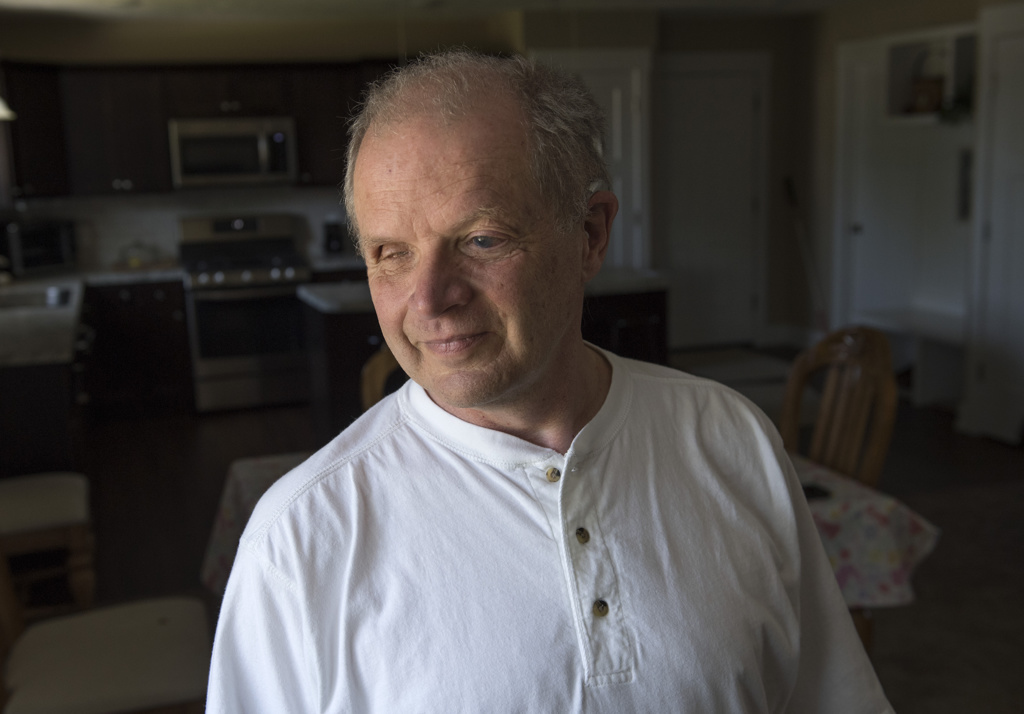
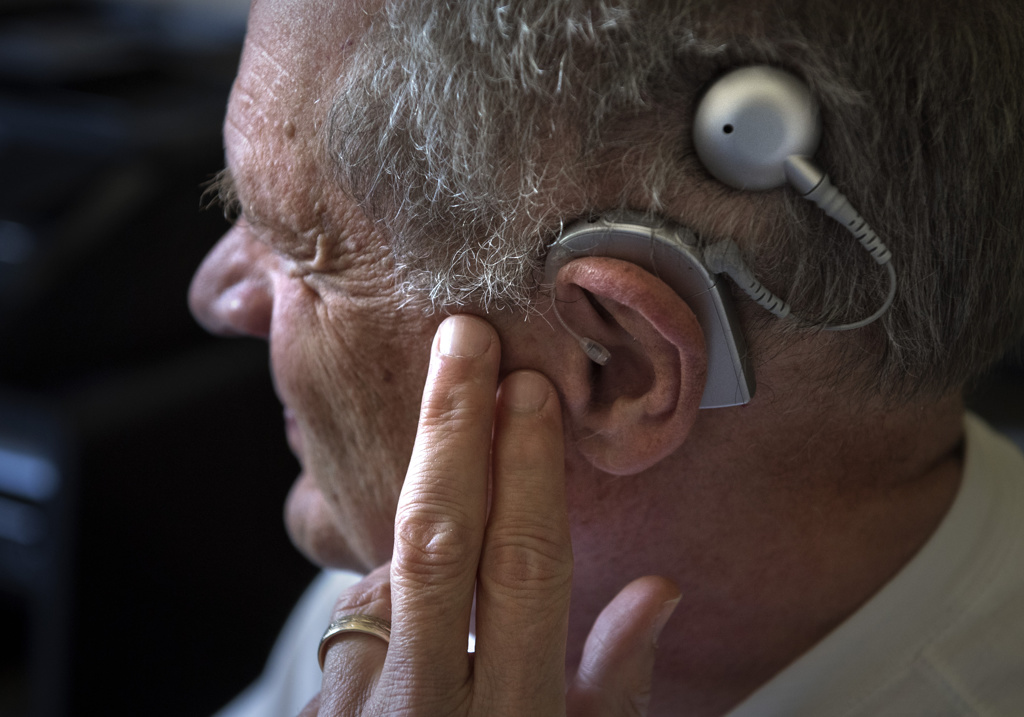
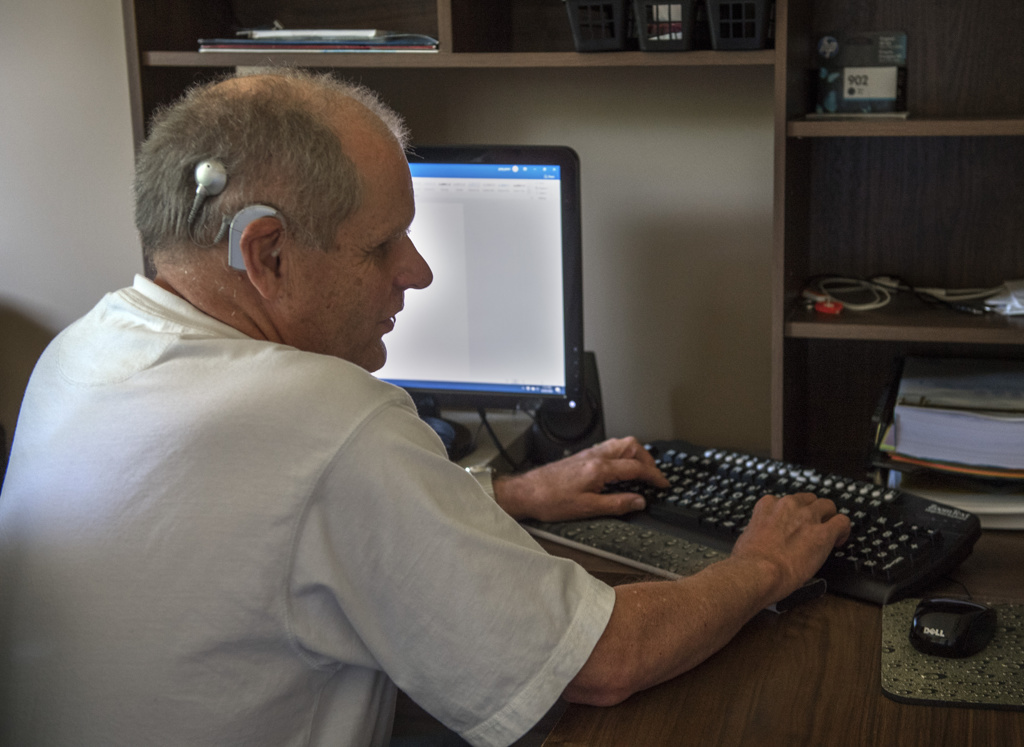
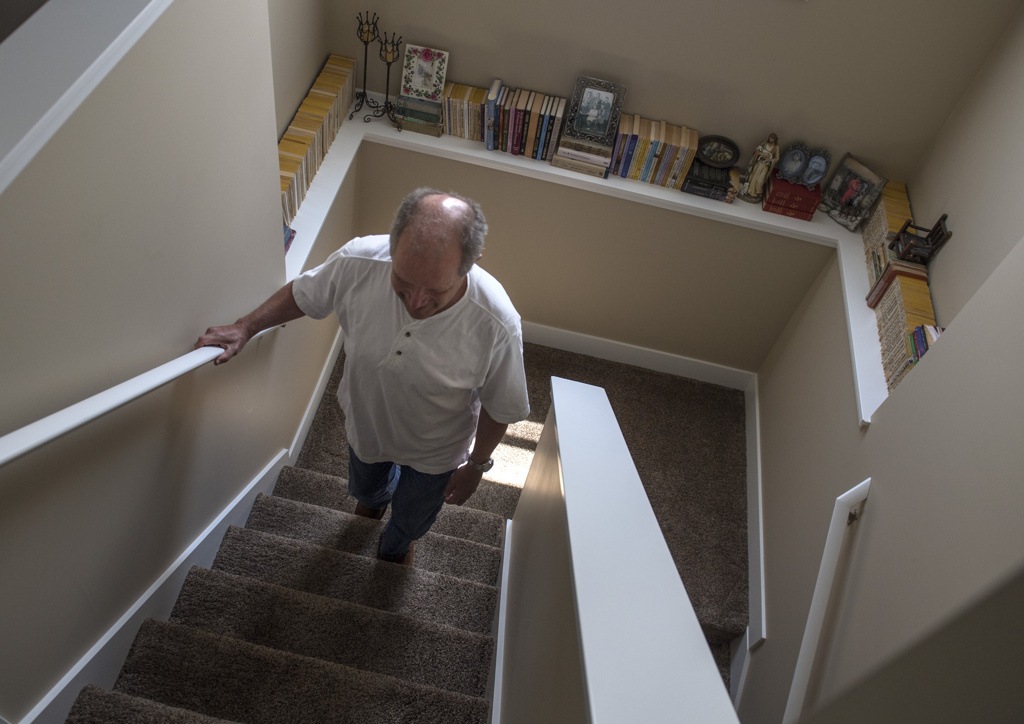

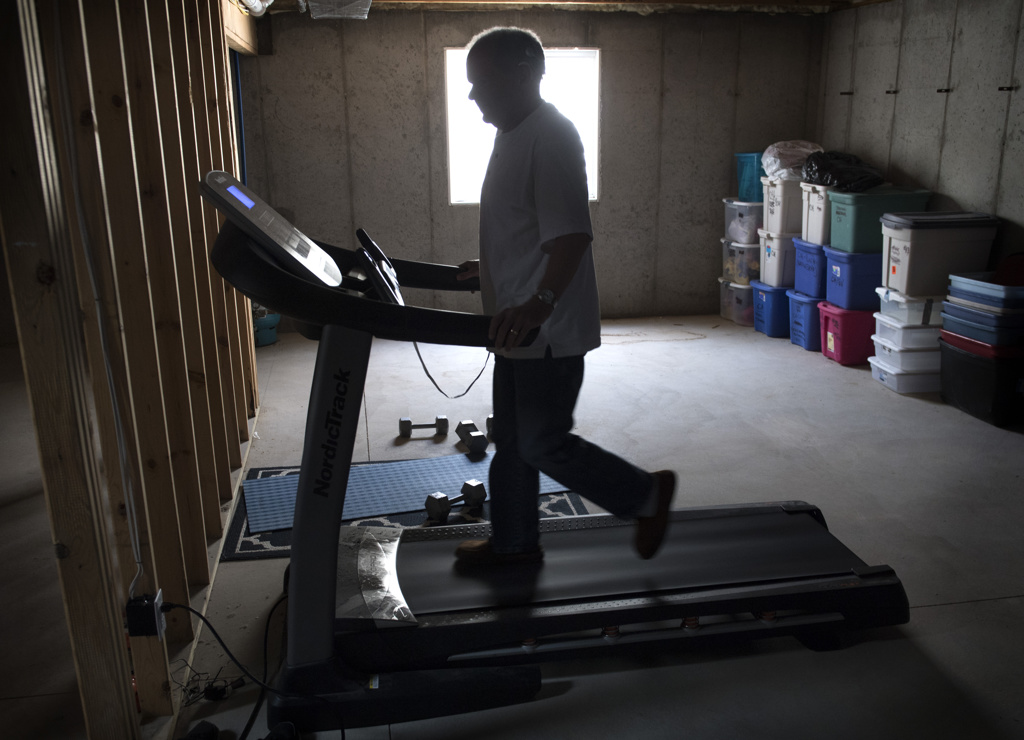
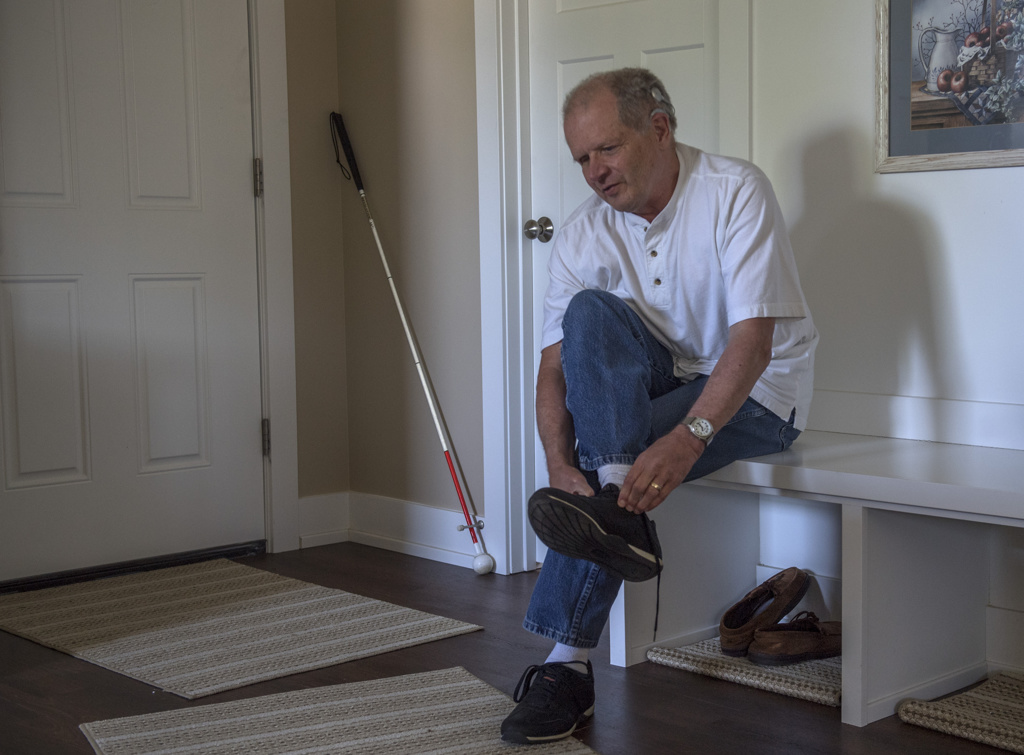
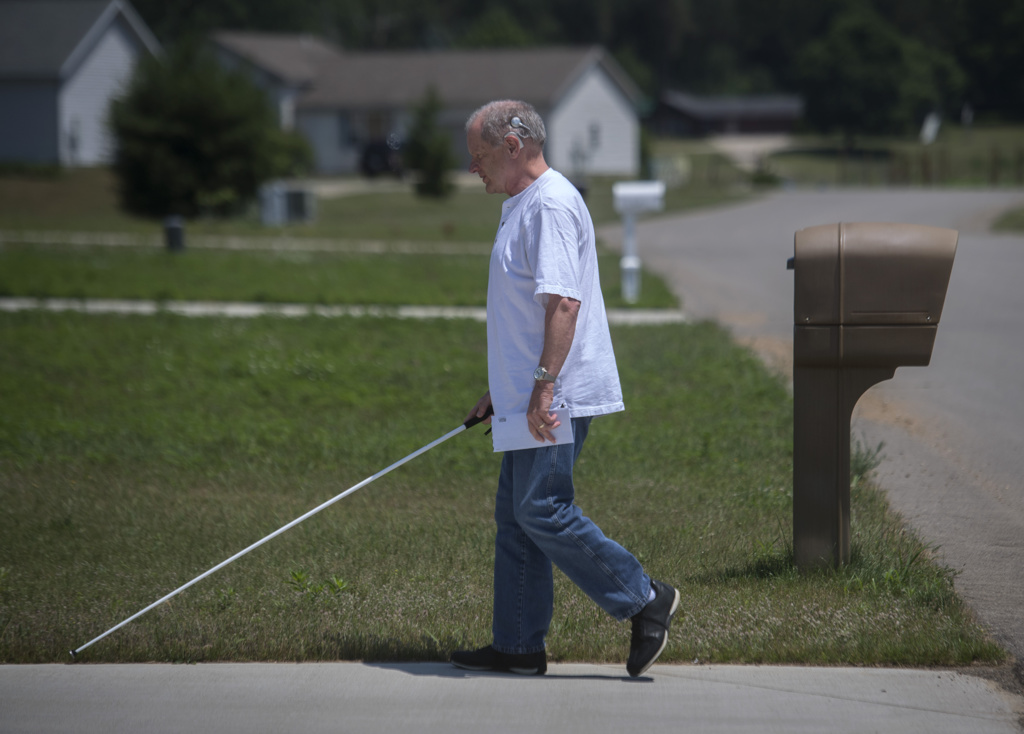
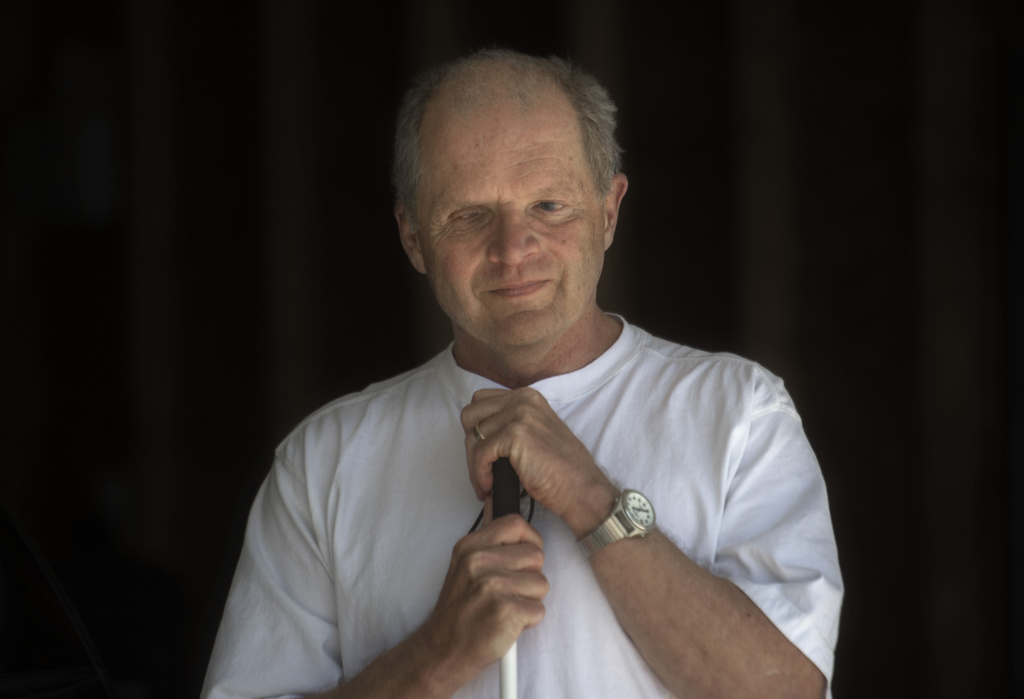

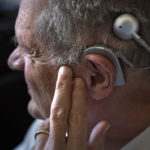
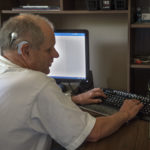
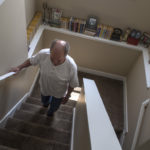
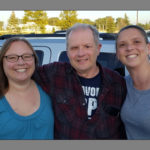

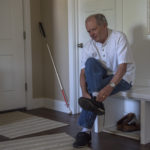


 /a>
/a>
 /a>
/a>
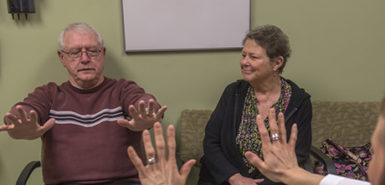 /a>
/a>
Greg has been my Brother in Law for over 40 years. It was tough watching him decline–no longer able to drive, etc. But he kept at it, getting to work by hiring a ride.
I can only imagine the hoops he had to jump through, going blind, yet maintaining his position in the high speed world of a corporate level computer programmer!
We are honored to know him.
Great Story Greg!!
Proud of you Dad! You inspire us. Love you. What an amazing article & pictures!
Greg taught me years ago about the power of positivity. When asked how it was going, “excellent” was always his answer. He meant it too! Keep on keep’n on Greg!
Hi Greg, ( My Cousin) 🙂
what an inspiring story!! It was so nice to see your story on my work web page. Keep on keeping on. Love and hugs to you.